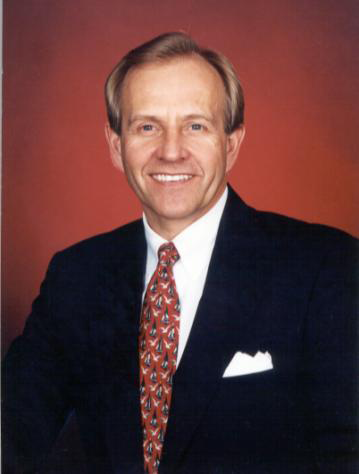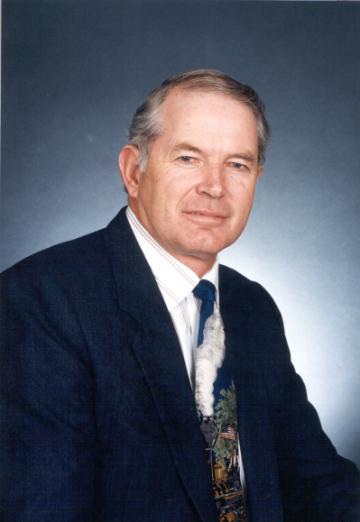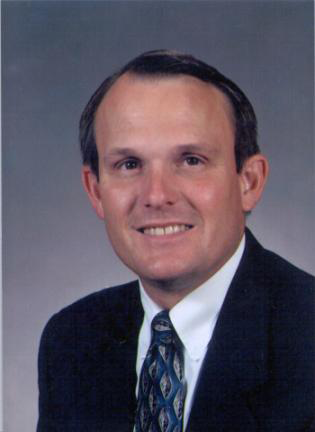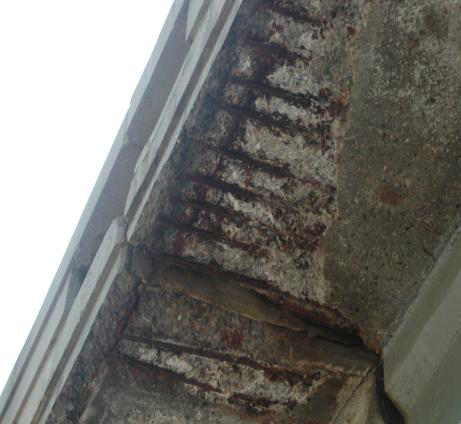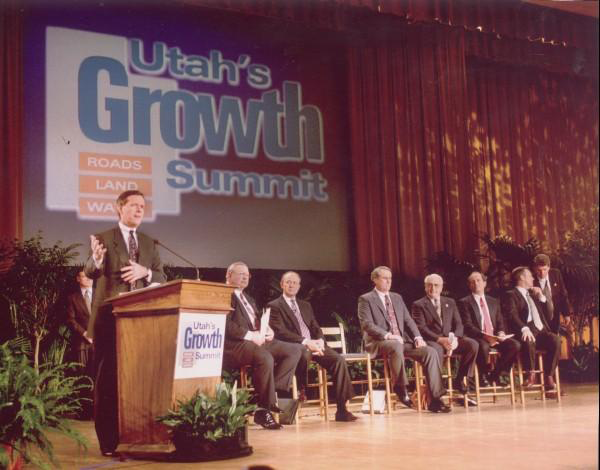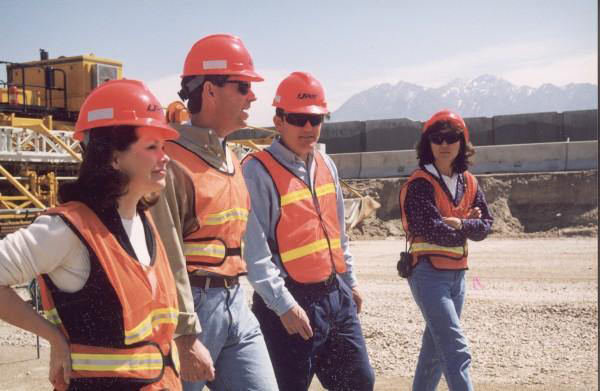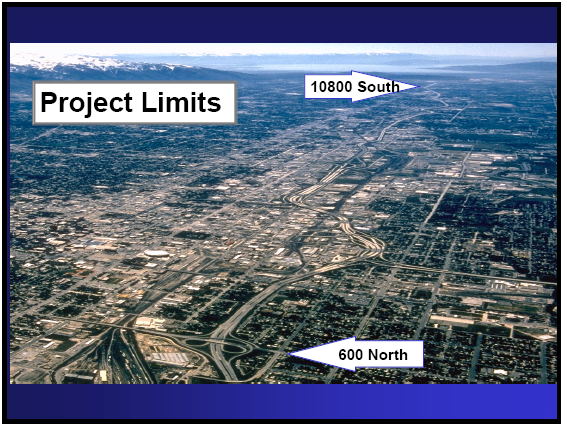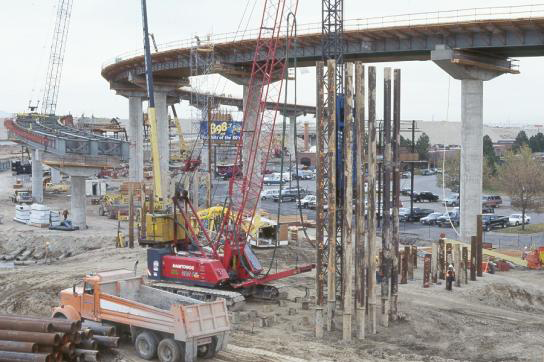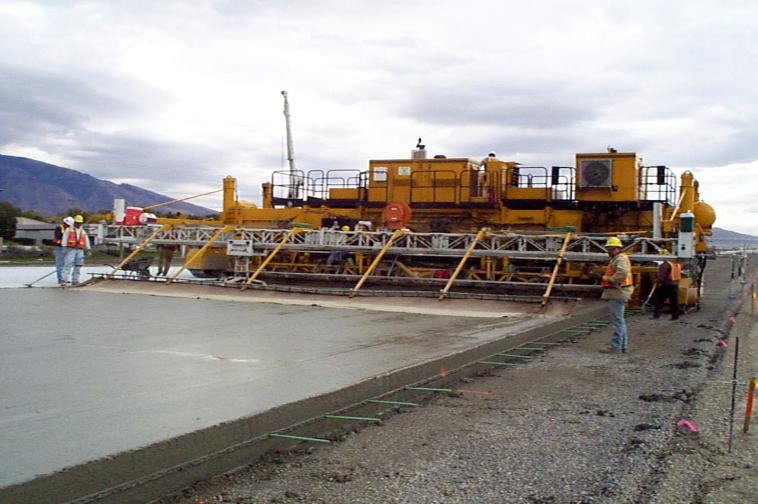November 8, 1993
Governor Michael O. Leavitt
In my inaugural address 10 months ago, I pledged to lead this state to a whole new level of performance. We have a great opportunity to achieve a new level of performance in the area of information technology. Today, I am calling on all of you, as state leaders and information technology managers, to help in this effort. In that inaugural address, I told a story about driving from Cedar City to Salt Lake City in the 1950s. It was a much longer adventure than it is today. I used to marvel at the vision of the leaders of that day who saw the need and established a national goal to build an interstate freeway system before traffic became a crisis. It was controversial, but some could feel the excitement of such a daring undertaking. People in the towns throughout rural Utah were concerned about being bypassed by the freeway. And patterns did change. Some areas were left out; others emerged stronger, taking advantage of the increased traffic and inherent flow of dollars. I described how in this era a new and different type highway must be built. This electronic highway will be critical for the high-paying, high-tech enterprises of the future. And this highway must not bypass any parts of Utah.
To be bypassed would mean real isolation and economic hardship. We have spent several months now investigating and monitoring the development of the electronic highway in Utah. We have held many meetings, made contacts with numerous committees and task forces, and checked progress in other states. We feel we now have a direction and vision with which to proceed. We want to move forward quickly and provide access to the electronic highways and services to our citizens.
Before discussing specific challenges with you, let me share my view of the electronic world with you. I believe we are entering an exciting new era in society . . . our world is becoming an information ecosystem, and the ramifications are monumental. Futurists believe there will be a massive shift in the nature of work, that the impact of the information age may be as great as the societal changes that occurred during the industrial revolution. The thoughtful and informed management of these exciting opportunities for increased productivity, improved government services, a new arena of business and entrepreneurial opportunity, and an enhanced quality of life may be the most important item on the public policy agenda for our state and nation in the next generation. Computer technology has been around for many years. But only in the last few years have a variety of elements converged to drive this transformation. Only now is the digital revolution fulfilling its promise. We should remember that it took some 40 years after the discovery of the light bulb for electricity to effect major changes in society and to dramatically improve productivity. It took that long for power sources to be developed, for lines to be strung, for electrical appliances to be invented, for a regulatory structure to be constructed, for industrial steam engines to be converted, and for the general public to accept this technology and put it to good use. Now, there is little that we do that does not involve electricity. It has transformed society, but we take it for granted. Today, we stand at the point where digital technology is about to sweep society with the same impact that electricity has had. It has taken a number of years to develop the critical mass of computer hardware, software, networking and public acceptance for this to happen. We are now seeing tremendous productivity surges in the private sector. There’s a PC on nearly every desk in the workplace and computer technology is involved in most pieces of sophisticated equipment. What was once an obscure science practiced mostly by what we called computer techies, is now being embraced by nearly everyone. It is the most exciting area of business, and of government, with enormous promise.We are now seeing the merging of several industries: television, telephone, cable, entertainment, satellite, wireless, and computers into one vast network with many components and parts, and applications and partnerships, but that is all seamless. And this information highway will feature full-motion video, audio, data, image, voice, text, color, and so forth. Eventually, the technologies of virtual reality and holography will become part of it. Imagine the time when, instead of simply talking over the telephone line, we are able to create three dimensional images of ourselves and project them into physical space, allowing people situated in different locations to virtually meet with each other. What’s more, as these industries are merging, they are becoming far more powerful, with tremendous amounts more capacity, much faster, much more compact and at the same time far less expensive. A veritable tidal wave of technology is sweeping over us. The day is coming and soon when all Utahns will be able to access information and communicate with each other easily, reliably, securely and cost-effectively in any medium voice, data, image, or video anytime, anywhere. As state leaders, this is the future we must plan for not using technology of today, but looking toward the technology of tomorrow. A few months ago, I issued some specific challenges to the education community to accomplish before the end of our Centennial year in 1996. I asked them to make education an activity not bound by buildings, place or space. I asked them to make technology-delivered education part of every student’s educational experience. I am pleased with some of the initial response. Today, I first want to focus on state government. I want to issue some general challenges to leaders and employees in state government, and then I want to talk in more specifics. First, I challenge all of us to change the way we think. Operating in the information ecosystem will require a new mindset. We must be willing to change, to restructure and re invent. I submit that a whole world of possibilities is opened when two people or many more can sit at separate locations and look at and work on the same documents, see each other, transmit large amounts of information back and forth, and quickly access other people and other data bases. The ramifications for citizens services, for business services, for telecommuting, for reducing highway congestion, for reducing pollution, and so forth, are enormous. But we must begin thinking technology, thinking new applications and ways of doing things, if we are to make this vision a reality. Second, I challenge employees and department and division leaders to focus more on technology and less on bricks and mortar. Technology is enormously expensive. We must make these breakthroughs and enter this new world by using existing financial resources. We must find money through reallocation, not through higher taxes. We must find ways to use our resources better. Third, I challenge you to think specifically of ways we can deploy technology to increase our productivity and provide easier access to state information and services to citizens. We must put the state of Utah at citizens’ fingertips. Most of the best ideas won’t come from the governor or from your department or division director. The ideas will come from the bottom up, from you and your employees who are on the front lines delivering services. What services can be delivered electronically? How can we provide electronic interaction between citizens and government? Can we develop a system whereby a citizen with a computer, a modem, and perhaps a smart card, can register and incorporate a business, renew a drivers’ license, purchase a fishing license, pay taxes and fees, and so forth? I challenge you to review the services your agency provides, the interaction you have with citizens, and determine how you can make those services available electronically. Fourth, I challenge you to make available electronically the enormous amounts of information state government collects. Obviously, we must not violate anyone’s privacy and we must maintain security. Decisions about the availability of data will have to be made on a case-by-case basis. But there exists within state government tremendous amounts of information that should be available to citizens. Within my own office and my Office of Planning and Budget we have databases on boards and commissions, registered lobbyists, political contributions, and valuable economic, demographic and budget information (Utah office of Planning and Budget https://gopb.utah.gov/). We produce many press releases, position papers and speeches. All of these things should be available to citizens. Other agencies have data that is valuable to citizens and businesses, things like the Utah Code, state administrative rules, daily status of bills in the Legislature, attorney general opinions, court rulings, public event calendars, job listings, consumer information, business listings, state and federal procurement opportunities, training courses, weather information, licensed day care providers, and much more. This information must be accessible electronically to the public. Presently, much of it is hard and inconvenient to obtain. We can do better. Fifth, I challenge you to encourage a strong competitive environment among the private communications companies that are providing the basic infrastructure for the information highway. The communications infrastructure throughout the United States and Utah is quickly being enhanced with fiber optics cable. U.S. West and smaller common carriers are in the process of upgrading their systems. In addition, companies like TCI, Electronic Lightwave and Wiltel are building fiber optics systems or upgrading existing infrastructure (INFORMATION HIGHWAY). A competitive environment will allow us to move ahead more quickly with the applications we need in state government. Capacity will be increased and costs will be reduced for both government and the private sector. Now, all of these things will require a great deal of coordination and collaboration. One of the most important messages I want to leave today is that we must avoid parallel networks and duplication. We must be as efficient and effective as possible. We must work with other education and government entities. We must avoid turf battles and infighting. We must look at the citizen as a customer of the whole state, not the customer of just one state agency. We could easily fall into the trap of building numerous electronic highways, one overlaying the other. A typical high school, for example, could have many on ramps supporting multiple highways for instructional video, instructional computing, administrative computing and job placement services.
We must strive for the construction of a single highway that will support a maximum number of applications. Tax dollars must be stretched at every level of government and education. I challenge you to work together in a cooperative spirit, avoiding redundant costs and efforts.
To coordinate this effort, I have created an Electronic Highway Task Force, chaired by Ladd Christensen from the private sector with Gordon Peterson, the state’s information technology coordinator, as executive director. The Task Force, in turn, has created a number of committees and subcommittees, and is coordinating with other committees and task forces that already exist (INFORMATION HIGHWAY). I am asking that you work through this structure, which includes representation from all agencies, to move our state into this exciting new world. Let me stress the importance of coordinating with our Division of Information Technology Services, the implementation and services arm of this large effort.
We have skilled and visionary people in that division who will be invaluable as you move forward. Among the key groups who will guide our progress are the Information Technology Policy and Strategy Committee, which consists mostly of department directors, the State of Utah IT Managers, and other IT Steering Committees throughout state government (Utah Information Technology Policy and Strategy Committee http://www.governor.state.ut.us/CIO/Docs/tech_organizations.pdf). Some of these committees in the past were fairly obscure and operated behind the scenes. Today, they are among the most important groups working in state government and they will be key to our success. Let me issue some specific challenges. We have formed two committees to focus on business services and citizens services.
I challenge them to develop, within a year, as full a range of electronic services and information databases as possible. We must create a state information and services network that is of real value to the business community and citizens. The network should be open and accessible to everyone. Other challenges: Telecommuting. Many private companies are improving productivity and reducing building construction and maintenance costs by asking employees to work at home, connected online to the office. Besides reduced building costs, we reduce freeway congestion and pollution by encouraging telecommuting. I challenge state managers to have as many of our state workers as possible telecommuting by the end of our Centennial year (TV LINKS BOARD OF PARDONS WITH INMATES IN GUNNISON). Video conferencing. This is closely related to telecommuting. By the end of 1996, I challenge state agencies to cut travel by 15 percent. We need to hold meetings electronically. Avoiding travel will reduce state expenses and traffic congestion. Video conferencing will allow electronic town meetings. Statewide public hearings without travel, and video arraignments, eliminating prisoner travel costs and improving security. We must work together with higher education, school districts, local governments and even the private sector to create a unified system that will serve everyone, benefiting citizens by minimizing redundant systems and reducing overall costs. Within a few years, video conferencing is expected to be as widespread as the use of the FAX machine is today. Wireless communications will be used to connect and enhance the electronic highway. Wireless communications will provide us with the means to interact with one another without being tethered to the office. Phones, computers, fax machines, radios, electronic tablets, pagers and E-mail terminals are among the many wireless devices presently available. The advantage of these devices is the portability they bring to the work place. Employees can reach the office any time and the office can reach the employee any time. Numerous wireless communications products and services are being developed and are expected to become less expensive over time. Because of the importance of wireless communications, I have impaneled a task force that will recommend how the state can maximize the use of this expanding technology. The task force will study the type of system we need, what benefits it will provide, how we will fund it, how it will grow and how we will include all levels of government. The possibilities are endless, including intelligent vehicles and intelligent highways. This technology has many ramifications for law enforcement, allowing agencies to transmit mug shots to patrol cars, silent dispatch, and allowing officers in the field to instantly access law enforcement databases to check for stolen cars, expired registrations and criminal wanted lists. Internet. I challenge you to explore the possibilities of making the Internet available to every citizen. It is a technology that exists today that could provide every citizen with electronic mail and a means for parents to communicate with schools. It could also be the means to access state databases. I challenge you to develop a strategic plan to bring ATM capabilities to the state. ATM, with its large capacities for interactive video and other applications, is very expensive. But we must determine how we can bring this technology to our agencies and citizens. I challenge you to continue to develop the state’s Wide Area Network, expanding its capacity as technology allows. Our employees need to make better use of E-mail, electronic calendaring, task management and work flow management. With more electronic interaction, we can reduce our paper costs. Paperless offices really are possible with new software and data management system. Over the last several months, we have spent a great deal of time talking and investigating. Now is the time for action.
I hope each of you will commit to helping us take state government into the information era. I don’t believe the barrier here is technology. I believe it is lack of vision and unwillingness to change and try something new.


